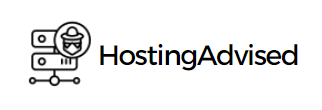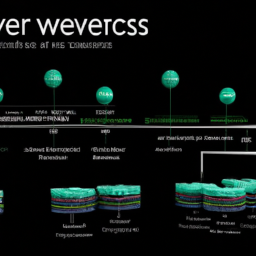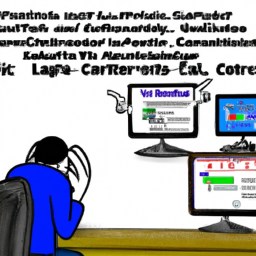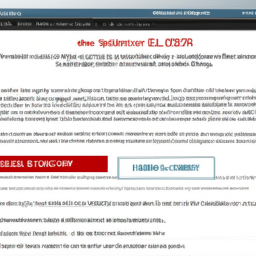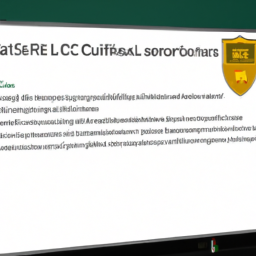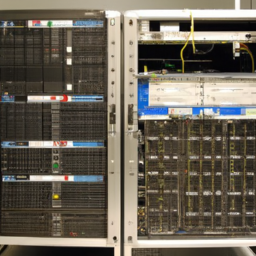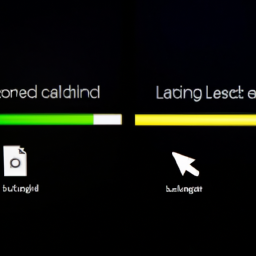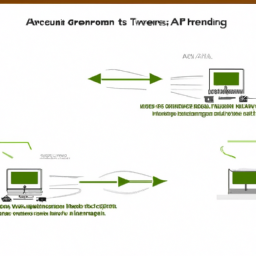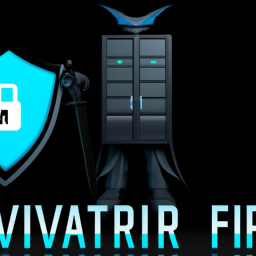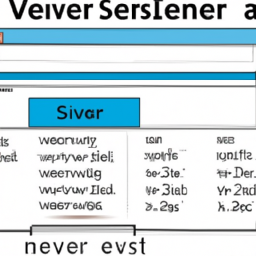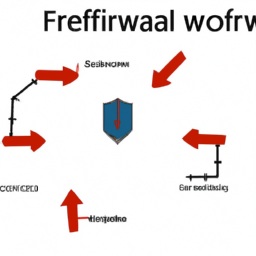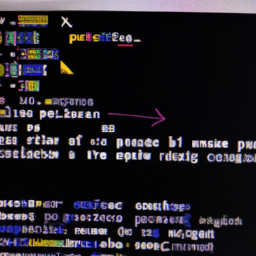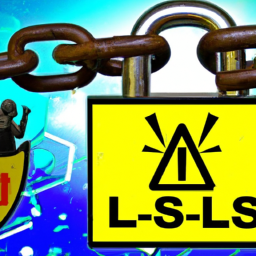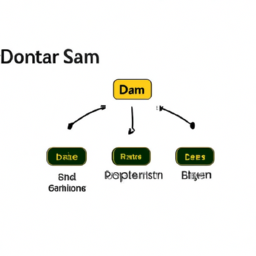In the world of web servers, overwhelming traffic spikes can be a formidable foe, causing your website to slow down or even crash. But fear not! Finding the right solution to combat this web server overload is within your reach.
Welcome to the world of techniques and strategies that will keep your website running smoothly and effortlessly, even during high traffic spikes.
By identifying the cause of these spikes, you can effectively tackle the problem head-on. Scaling up your web server resources and implementing caching and Content Delivery Networks (CDNs) will boost your website’s performance. Furthermore, load balancing and traffic management techniques will distribute the incoming traffic evenly, preventing any one server from getting overwhelmed.
But the battle doesn’t end there. Regularly monitoring and testing your website’s performance is crucial in maintaining its efficiency.
In this article, we will delve deeper into these solutions and explore the best practices to choose the right one for your high traffic spikes.
So gear up, fellow webmasters, and let’s conquer web server overload together!
Key Takeaways
- Identifying the cause of traffic spikes is crucial for tackling the problem.
- Scaling up web server resources and implementing caching and CDNs can boost website performance.
- Load balancing and traffic management techniques distribute incoming traffic evenly.
- Regularly monitoring and testing website performance is crucial for maintaining efficiency.
Identify the Cause of High Traffic Spikes
Now, let’s dive into how you can quickly identify the cause of those high traffic spikes and regain control over your web server.
Analyzing user behavior is crucial in understanding why your website experiences sudden surges in traffic. By examining metrics such as the number of requests, page load times, and user sessions, you can pinpoint any patterns or anomalies that may be causing the spikes.
Additionally, optimizing your website code is essential in ensuring smooth performance during peak traffic periods. This involves minimizing unnecessary scripts, compressing images, and leveraging caching techniques.
By analyzing user behavior and optimizing your website code, you can effectively manage high traffic spikes and provide a seamless browsing experience for your users.
Now, let’s transition into the subsequent section about scaling up your web server resources.
Scale Up Your Web Server Resources
Additionally, scaling up your web server resources can help prevent any potential issues caused by a sudden surge in visitors. By increasing server capacity, you ensure that your server can handle the increased load and maintain optimal performance. One way to achieve this is by upgrading your hardware, such as adding more RAM or upgrading your CPU. Another option is to use load balancing, which distributes the incoming traffic across multiple servers, allowing them to share the workload.
To optimize server response time, you can also implement caching and content delivery networks (CDNs). Caching stores frequently accessed data in memory, reducing the need for repeated database queries. CDNs, on the other hand, store copies of your website’s content in multiple locations, allowing users to access it from a server closer to their location. This reduces latency and improves overall performance.
Implementing caching and CDNs will be discussed in the next section about ‘implementing caching and content delivery networks (CDNs)’.
Implement Caching and Content Delivery Networks (CDNs)
To handle high traffic spikes on your web server, you can implement caching and content delivery networks (CDNs).
Use caching plugins or modules to store static versions of your web pages, reducing the load on your server and improving response times.
Additionally, by utilizing CDNs, you can distribute your content globally, ensuring faster delivery to users by storing copies of your web pages on servers located closer to them.
By implementing caching and CDNs, you can efficiently handle high traffic spikes and provide a smooth user experience.
Use caching plugins or modules
Using caching plugins or modules can significantly improve web server performance during high traffic spikes. These tools optimize performance by reducing latency and serving cached versions of web pages to users, instead of generating them from scratch every time.
Here are four reasons why you should consider using caching plugins or modules:
-
Improved page load times: Caching plugins or modules store commonly accessed web pages in memory, allowing them to be served quickly to users, resulting in faster page load times.
-
Reduced server load: By serving cached versions of web pages, caching plugins or modules alleviate the strain on your web server, reducing the chances of it becoming overloaded during high traffic periods.
-
Enhanced user experience: Faster page load times lead to a better user experience, as visitors can quickly access the content they’re looking for.
-
Better search engine rankings: Search engines like Google consider page load times as a ranking factor. By using caching plugins or modules to speed up your website, you can improve your search engine rankings.
By utilizing CDNs to distribute content globally, you can further optimize your web server’s performance and ensure a seamless user experience.
Utilize CDNs to distribute content globally
By employing CDNs to spread content worldwide, you can transform your website into a global distribution network, ensuring a smooth and uninterrupted user experience.
When it comes to optimizing CDN performance and ensuring the best practices for global content distribution, there are a few key considerations to keep in mind. Firstly, choose a CDN provider that has a strong global presence, with multiple data centers strategically located around the world. This will help reduce latency and improve content delivery speed.
Additionally, make sure your CDN provider offers advanced caching mechanisms, such as edge caching and dynamic content acceleration, to further enhance performance.
Lastly, regularly monitor and analyze your CDN’s performance metrics to identify any bottlenecks or areas for improvement. By following these guidelines, you can effectively leverage CDNs to distribute your content globally and handle high traffic spikes.
This seamless content distribution lays the foundation for the subsequent section on load balancing.
Load Balancing
Implementing load balancing allows you to evenly distribute incoming web traffic across multiple servers, ensuring a smooth and efficient user experience. Load balancing techniques involve the use of load distribution algorithms to determine how to allocate incoming requests to different servers.
These algorithms can be based on factors such as server capacity, response time, or even geographic location. One commonly used algorithm is the round-robin method, which assigns requests in sequential order to each server. Another popular algorithm is the least connections method, which directs requests to the server with the fewest active connections.
By implementing load balancing, you can effectively handle high traffic spikes and prevent server overload. To further optimize your web server’s performance, you can also implement traffic management techniques which will be discussed in the subsequent section.
Implement Traffic Management Techniques
To ensure a smooth and efficient user experience, it’s important to employ effective traffic management techniques.
One such technique is traffic throttling, which allows you to control the flow of incoming traffic to your web server. By setting certain thresholds, you can limit the number of requests that the server handles at any given time. This prevents overload and ensures that resources are allocated appropriately.
Another technique is rate limiting, which involves setting a maximum number of requests that a client can make within a specific time frame. This helps prevent abusive or excessive requests from overwhelming the server.
By implementing these traffic management techniques, you can effectively handle high traffic spikes and ensure that your web server remains stable and responsive.
Transitioning into the subsequent section, regularly monitoring and testing your website performance is crucial to identify potential bottlenecks and make necessary optimizations.
Regularly Monitor and Test Your Website Performance
Regularly monitoring and testing your website’s performance is key to ensuring its optimal functioning and identifying potential bottlenecks for necessary optimizations. Website optimization is crucial to handle high traffic spikes and prevent server overload.
By regularly monitoring your website’s performance, you can identify any issues or areas that need improvement. This includes checking the load time, server response time, and overall user experience. Additionally, performance testing is essential to simulate high traffic scenarios and evaluate how your website performs under such circumstances.
Load testing, stress testing, and capacity planning are some of the techniques used to assess the website’s ability to handle increased traffic. By regularly monitoring and testing your website’s performance, you can proactively address any performance issues and make necessary optimizations to ensure a smooth user experience, even during high traffic spikes.
Frequently Asked Questions
How can I prevent high traffic spikes on my website?
To prevent website overload and effectively manage high traffic, there are several strategies you can employ.
Implementing a robust caching system, such as Content Delivery Networks (CDNs), can help distribute the load and reduce server strain.
Load balancing, using techniques like Round Robin DNS or hardware load balancers, can evenly distribute traffic across multiple servers.
Additionally, optimizing your website’s code and database queries, as well as using scalable infrastructure like cloud hosting, can further mitigate the risk of high traffic spikes.
What are the common causes of high traffic spikes?
The common causes of sudden spikes in website traffic can vary, but they often stem from viral content, marketing campaigns, or events that generate increased interest.
These spikes can have a significant impact on the performance of your website, potentially leading to slow load times, server crashes, and downtime.
It’s crucial to understand and address the causes of these spikes to ensure the smooth operation of your web server and maintain a positive user experience.
Are there any specific web server solutions that are more effective in handling high traffic spikes?
To effectively handle high traffic spikes, you should consider web server scalability and load balancing. Web server scalability refers to the ability of a server to handle increasing traffic without performance degradation. Load balancing involves distributing the incoming traffic across multiple servers to ensure optimal resource utilization. These solutions can help mitigate the impact of high traffic spikes by ensuring that your web server can handle the increased load efficiently and maintain a smooth user experience.
How can I determine if my current web server resources are sufficient to handle high traffic spikes?
To determine if your current web server resources can handle high traffic spikes, you need to assess the server’s capacity and optimize your website’s performance.
Start by monitoring the server’s CPU and memory usage during peak traffic periods. Analyze the server logs to identify any performance bottlenecks or resource limitations.
Consider load testing your website to simulate high traffic scenarios and measure its response time. By evaluating these factors, you can determine if your current server resources are sufficient or if you need to upgrade or optimize for better performance.
Are there any specific tools or services available to help monitor and test website performance regularly?
There are several tools and services available to help you monitor and test your website’s performance regularly. Website monitoring tools such as Pingdom, New Relic, and GTmetrix can track your website’s uptime, response time, and other performance metrics.
Load testing tools like Apache JMeter and LoadRunner can simulate high traffic scenarios to identify any performance bottlenecks. These tools can provide valuable insights and help you optimize your website for optimal performance during high traffic spikes.
Conclusion
Congratulations on completing the article and reaching the conclusion! Now it’s time to wrap things up.
You’ve learned about various strategies to tackle web server overload caused by high traffic spikes. By scaling up server resources, implementing caching and CDNs, utilizing load balancing, and employing traffic management techniques, you can effectively handle the surge in visitors.
Regular monitoring and testing will ensure your website’s performance remains top-notch. So, armed with these solutions, you can confidently navigate the turbulent waters of high traffic and keep your website sailing smoothly.
